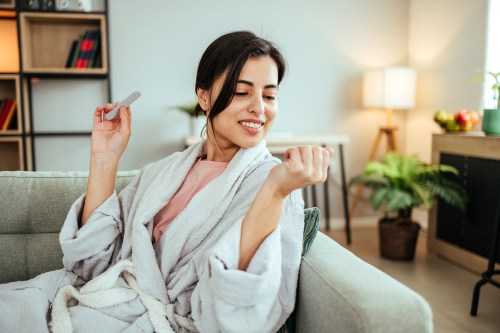Our editors independently select these products. Making a purchase through our links may earn Well+Good a commission
6 Shoes Nurses Absolutely Love for Standing on Their Feet All Day
Kiss arch pain goodbye with these top picks.
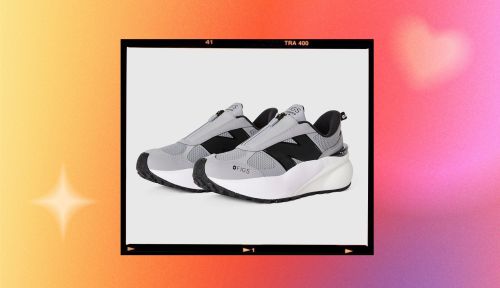
If you spend long days on your feet for work, having supportive shoes is crucial to breezing through your shift. Lacing up a reliable pair of sneakers can be the difference between moving freely and hobbling at the end of the day from arch and heel pain. And if you work in a high-stress environment, the last things you want to be thinking about are your feet and shoes.
Experts in This Article
podiatrist and assistant professor of orthopedics at New York College of Podiatric Medicine
board-certified podiatrist at Progressive Foot Care
doctor of physical therapy and vice president at Gait Happens
podiatrist and medical director with Baker Street Health in Motion
certified nurse practitioner and founder of Beauty Lounge Medical Spa in San Diego, California
registered travel nurse and content creator
It's true, one (shoe) size doesn't fit all, but there are some universal features podiatrists and nurses alike suggest looking for when purchasing your next supportive pair. And newsflash, it doesn't include the most cushioning you can possibly find. Instead, the best shoe for standing will have the perfect balance of softness, breathability, and traction for you.
Read on to learn the top six shoes nurses swear by for standing all day, plus other qualities to look out for when finding the right fit. Get ready to kiss end-of-day arch pain goodbye!
Best shoes for standing all day, at a glance
- Best overall: Brooks Glycerin GTS 22 ($165)
- Best cushion: Hoka Bondi 9 ($170)
- Best no-tie: On Cloud 6 ($150)
- Best arch support: Asics Gel Nimbus 27 ($165)
- Best wide toe box: Altra Torin 8 ($150)
- Easiest to clean: FIGS New Balance 3447 Zip ($158)
What to look for when buying shoes for standing all day
Nobody wants tired, sore, or achy feet at the end of a long day. To avoid this, choose walking shoes or sneakers that have ankle support and can be well-secured with laces, says Adenike Sonaike, DPM, a podiatrist with Baker Street Podiatry. You'll also want footwear with good arch support and tread to avoid slips, plus lightweight material and cushion so your feet are comfortable, she adds.
It's also important to remember that everyone's feet are different (even your own two feet are not perfectly symmetrical!). So, look for shoes that meet your personal needs—cushion but not too soft or stiff, good traction, breathable material, stiff heel counter for stability, etc., says Samantha Landau, DPM, MPH, a podiatrist and assistant professor of orthopedics at New York College of Podiatric Medicine.
Here's a breakdown of some other features to look for in a shoe for standing all day:
1. A wide toe box
One of the most important features in footwear for standing all day is a wide toe box. No, this doesn't mean the shoe is wide; it just means there is more room for your toes to splay out. If your shoe looks like a footprint (not a pointy shape), this will allow you to take advantage of the natural supportive muscles between your foot bones, says Milica McDowell, PT, MPT, DPT, a physical therapist and vice president at Gait Happens.
A wide toe box is also helpful for alleviating foot pain and symptoms of other foot conditions, because it allows your toes and heels to rest at about the same height. With this shape, the muscles in your toes can remain properly activated, helping improve posture, gait, and neutralize pelvic tilt (i.e., an abnormal resting position of the pelvis).1
2. Not too much cushion
A major misconception when shopping for footwear for standing all day is that you should end up in a super thick, cushioned shoe, says Dr. McDowell. Turns out, too much cushion can actually increase fatigue and contribute to balance challenges. Because of this, it's best to look for a shoe with a minimal level of cushion.
Additionally, foot conditions, like plantar fasciitis (inflammation along the bottom of the foot), are typically brought on by a lack of strength or a lack of mobility in the foot, which can be caused by wearing shoes that are too cushioned. “Your foot actually gets weaker over time, and it can also lose range of motion, or mobility, if you wear a shoe that is excessively supportive,” Dr. McDowell adds.
3. An even heel-to-toe drop
You likely wouldn’t stand comfortably all day in a pair of high heels, and the same goes for a sneaker with a high heel-to-toe drop. “Having your foot in an optimal position for natural movement mechanics is key to reducing fatigue and helping to prevent painful conditions,” Dr. McDowell says. The drop of most shoes on our list are standard for sneakers. Minimalist shoes, like the Altra Torin 8, are sometimes referred to as “zero drop” shoes, meaning the toe and heel height of the midsole and outsole are the same.
4. Relief from certain foot conditions
If you have plantar fasciitis, Dr. McDowell suggests looking for a shoe with support but not too much cushion, as mentioned above. Good shoes, along with physical therapy and proper medical treatment, can help relieve pain from plantar fasciitis, too.
Alternatively, if you have flat feet, look for shoes with extra cushion and a low heel drop, says Dr. Landau. For example, certain Hoka models, which are made to support your feet and prevent too much side-to-side motion, would be helpful here.
What to avoid in a shoe for standing all day
Here are some qualities to avoid when shopping for a supportive shoe:
- Slip-ons: These can cause exhaustion to the muscles and tendons, because the way you walk can change as you attempt to keep the shoe from sliding off your foot, Dr. Sonaike says.
- Excessive cushion: Avoid shoes with a thick, squishy sole. These can cause muscle and tendon exhaustion, Dr. Sonaike says. That’s because shoes with huge stacks of cushion reduce your feeling of the floor due to all that foam. “Most people are surprised that this excessive cushion can increase fatigue and can contribute to balance challenges, so it's best to look for a shoe with a minimal level of cushion,” Dr. McDowell says.
- Shoes without built-in arch support: Lack of arch support can cause excess motion, instability, and exhaustion to your arches, and can even lead to painful foot conditions like plantar fasciitis, according to Dr. Sonaike.
- Open-toed shoes: Many workplaces likely have rules against open-toed shoes, but even if yours doesn’t, you’re at risk of injury from drops, spills, stubbed toes, or someone stepping on your feet.
- Narrow shoes or those with a thin heel tab: Narrow shoes can cause friction, joint, and toe pain, and thin heel tabs can cause pain and rub the back of your heels or cut into your Achilles tendon (a thick tendon on the back of the leg).
The 6 best shoes for standing all day
Whether you're a nurse or have another job that keeps you on your feet several hours at a time, here are nurse-approved shoe picks to keep your feet comfy and pain-free all day long.
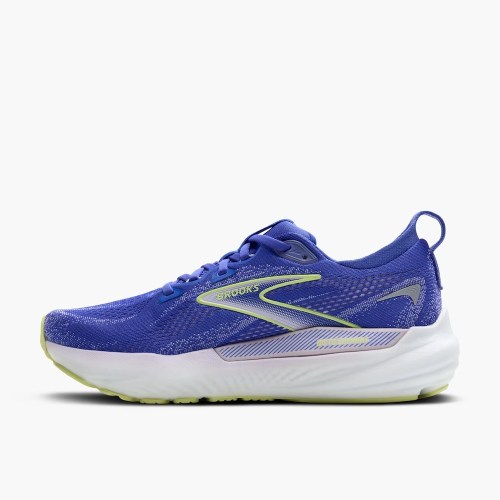
If you ask nurses what their favorite shoe for standing all day is, chances are you'll hear about Brooks. "Brooks' shoes provide really great balance for everyday use," says Dr. Sonaike. This particular model is a supportive, cushioned design and has the American Podiatric Medical Association (APMA) Seal of Acceptance.
"I've been a nurse for 14 years, and I'm on my feet eight to 10 hours a day, so I need something that's both supportive and durable," says Shawnda Dorantes, MSN, APRN, a nurse practitioner and founder of Beauty Lounge Medical Spa in San Diego, California. "The Brooks Glycerin GTS have been lifesavers because they provide all-day comfort and support for my feet that I rely on," she adds. Dorantes also likes the wider toe box, which provides space for her bunion, and that the Brooks GuideRails technology helps her avoid overpronation (i.e., when the foot rolls inward).
Pros:
- APMA Seal of Acceptance
- Provides support for overpronation
- Breathable material
Cons:
- The stability technology won't work for all foot types. If you have a neutral gait (i.e., balanced way of walking), you should opt for the Brooks Glycerin 22)
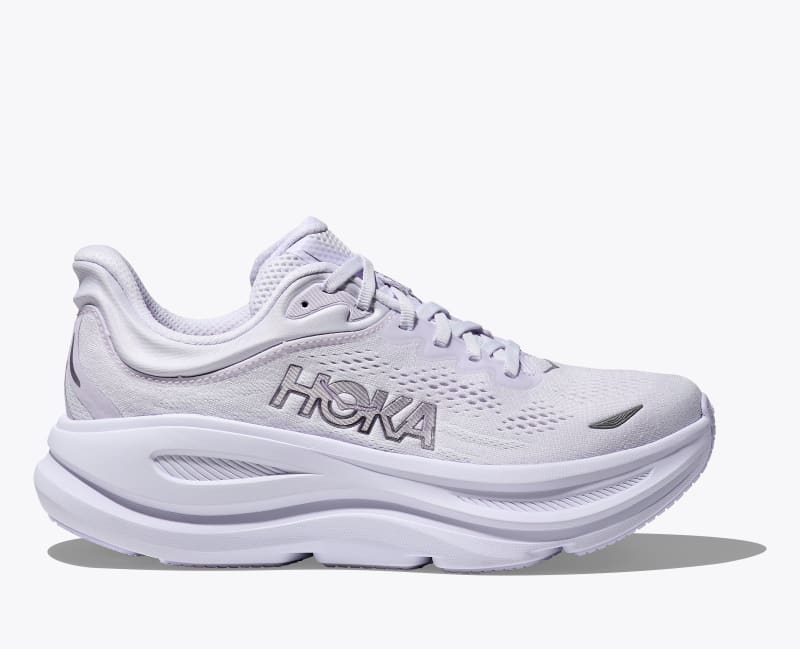
The Hoka Bondi 9 is Dr. Landau's pick for those with forefoot or hindfoot arthritis, thanks to the cushion and rocker sole.2 This shoe is designed with a mesh upper to support breathability and a foam midsole to keep your feet supported throughout your shift. While it's mainly designed for people with a neutral gait, it's also available in both medium and wide widths if you need.
Pros:
- Optimal support
- Breathable material
- Durable
Cons:
- Not for those with gait unsteadiness
- A bit heavier than other models
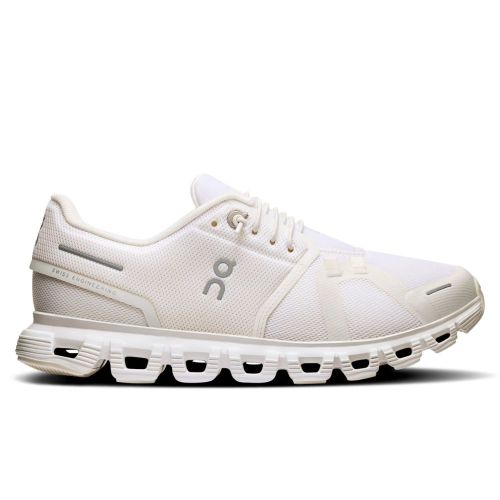
Shoes with a cushioned midsole, like the On Cloud 6, help reduce the discomfort that can come with standing all day, says Bruce Pinker, DPM, a podiatrist and founder of Progressive Foot Care. The On Clouds' cushioning provides added shock absorption for easier walking and standing. Plus, this model has a more supportive heel, which is great for reducing foot pain. And if you need more specific support, the cushioned insole can be removed and replaced with a custom orthotic.
Last but not least: These shoes are made with On's "speed lacing system," an elastic no-tie lacing system you pull snug for a custom fit.
Pros:
- Wide opening for easy slip on
- Minimalist design
- Antimicrobial upper mesh material
Cons:
- Not available in wide widths
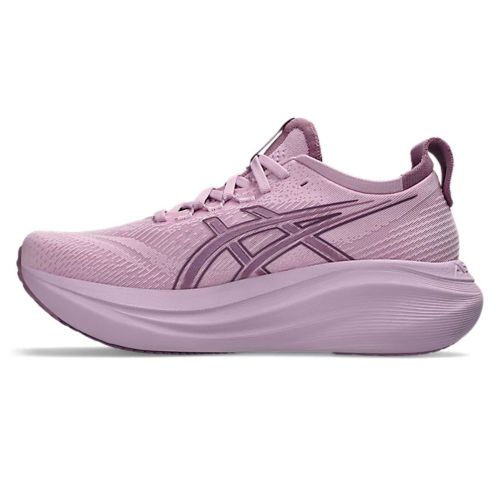
Asics are designed with a roomy toe box and are great, arch-supportive sneakers, Dr. Sonaike says. The brand's shoes are made of quality material and provide a comfortable heel tab cushion for stability. The Gel Nimbus 27, in particular, is a great pick for standing all day, because of its "PureGel technology," which is designed to absorb shock as you step. Plus, the knit tongue and collar will help lock your foot in place so you don't experience slipping. It's also ideal for people with a normal or high arch.
Pros:
- Large range of sizes and widths
- Plush shoe
- 8-mm drop, which is great for optimal foot support
Cons:
- A bit heavier than other models
- Not ideal for those with flat feet
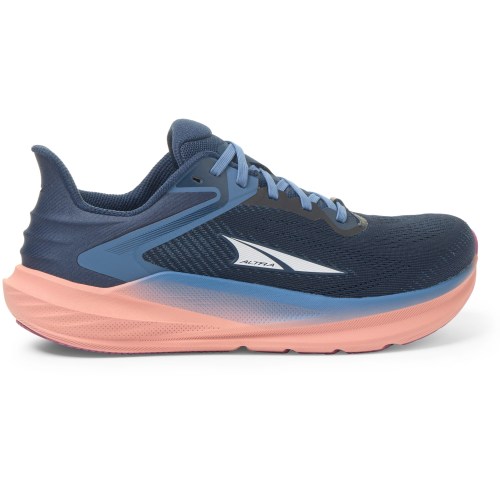
Dr. McDowell recommends Altra's shoes to her patients, thanks to the wide toe box, light cushion, and zero-drop design the brand is known for. (A shoe with zero drop means the sole is essentially flat—many running shoes have a slightly higher heel than toe.) Dr. McDowell adds that a zero-drop shoe can be beneficial for standing all day because it helps keep your foot in the optimal biomechanical position to help avoid fatigue and pain.
More specifically, this sneaker is made with a moldable heel collar, which will help cut down on rubbing and keep your feet comfortable as you log miles on the hospital floor (or wherever you work). The roomy toe box and lightweight midsole foam will have you feeling light on your feet.
Pros:
- Wide toe box
- Zero-drop design
- Supportive cushion
- APMA Seal of Acceptance
Cons:
- Wide widths not offered in all colorways
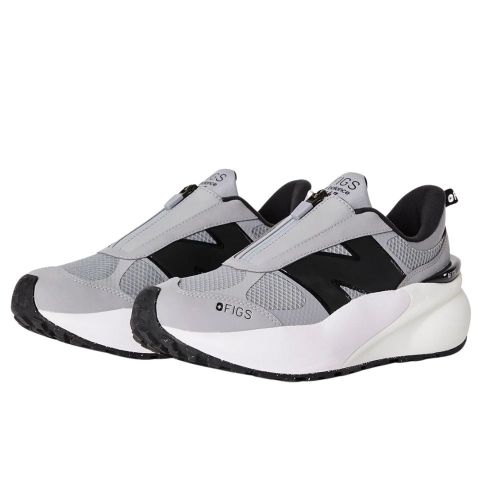
If you're working in a healthcare setting (or any place where there's potential for shoes to get dirty), you know you're at risk of spills and fluids on your shoes. This FIGS New Balance collection is designed with thoughtful details like kickstands for hands-free removal and a wipeable upper for easy cleanup. The thick midsole is designed to feel plush underfoot, so you're comfortable while on the move at work.
"The past year, I struggled with plantar fasciitis and had to find a shoe that would support my arch while spending eight to 10 hours a day on my feet," says Ann Marie Muscarello, RN, a traveling nurse. "The New Balance 3447 Zips enabled me to stay on my feet all day without feeling the aches and pains in my arch," she adds.
Muscarello says a bonus are the shoes' washability: "I don't like carrying the germs from work home with me, so I like that I can easily wipe these shoes clean," she says.
Pros:
- Zip closure for snug fit
- Wipeable for easy cleaning
- Grippy rubber sole
Cons:
- Limited sizing available
The bottom line
It's no surprise that for people who have to stand all day at their job, finding the perfect shoe with just the right amount of cushion, arch support, shock absorption, and breathability is key. However, if you have pain that lingers even after finding a good-fitting shoe, you may want to check in with your healthcare provider. Pain that lasts longer than two weeks, is sharp and takes your breath away, or causes you to limp warrants a trip to your provider, says Dr. McDowell.
Other symptoms, like skin changes, numbness and tingling, and new moles, or moles that have changed in size or color on your feet, should be noted and brought up to a professional, too. Even simple hammer toes (i.e., when your toe joints point up) and bunion pain can be alleviated with proper medical care, says Dr. Landau.
And keep in mind: "Any pain that is a result of an accident, trip, slip, or fall should be seen by a doctor right away," Dr. McDowell says.
- Takaki, Sho Ms Pt et al. “Analysis of muscle activity during active pelvic tilting in sagittal plane.” Physical therapy research vol. 19,1 50-57. 29 Nov. 2016, doi:10.1298/ptr.e9900 ↩︎
- Brooks, Francis, and Kartik Hariharan. “The rheumatoid forefoot.” Current reviews in musculoskeletal medicine vol. 6,4 (2013): 320-7. doi:10.1007/s12178-013-9178-7 ↩︎
Sign Up for Our Daily Newsletter
Get all the latest in wellness, trends, food, fitness, beauty, and more delivered right to your inbox.
Got it, you've been added to our email list.





